What is the Role of Cattle in Regenerative Agriculture?
Consider them an input — the tool that allows you to harvest grass.
As a consultant, I get to meet lots of producers and their families. Learning about their properties and businesses is one of my favorite parts of the job.
Despite how many producers I’ve met and visited, I have yet to find two that are the same. Each has different backgrounds, lifestyles, strengths, budgets, biases — you name it. And each comes with a unique cocktail of challenges, opportunities and priorities.
With all of their differences, one similarity stands out, ranch to ranch: their goals. They almost always boil down to these two:
- They want to be profitable.
- They want to leave the land better than they found it.
Almost everyone who makes a living off of the land has an inherent respect and reverence for it, as well as for the ecosystems that provide for the wildlife, the livestock and the people who steward the land. That respect and reverence has existed for centuries — for as long as the land has been providing. There is a belief, however, that a producer can’t achieve both goals — profitability, and benefiting/improving the land — at the same time. Regenerative agriculture not only challenges that maxim, but when implemented strategically, disproves it.
According to revered conservationist Aldo Leopold, there are five factors that existed decades ago and continue to sustain healthy grazing lands now: the axe, the cow, the plow, the gun and the match. Let’s focus on the cow.
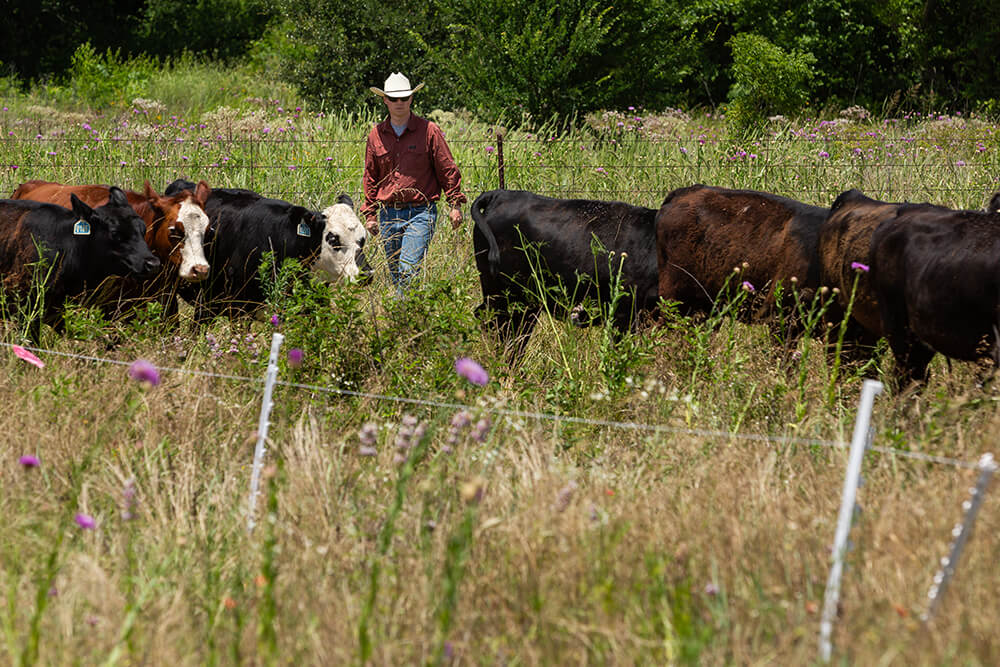
Supplements, fertilizer and herbicides became the land’s Band-Aid
In nature, before the involvement of man, ruminants such as bison coexisted with and complemented our grasslands as they roamed in huge mobs. Native grass species thrived under short-duration, high-intensity grazing, and reaped the benefits of nutrient cycling as residual forage was trodden into the ground along with nutrient-rich manure. Lengthy rest times allowed the plants to recover as the bison made their way through millions of acres of grasslands, always moving on to seek the fresh, nutrient-dense growth that came to life after a grassfire and to maintain a rich and species-diverse diet.
This mutually beneficial relationship was healthy and sustainable for both parties: the animal and the land. Neither suffered for the benefit of the other back then. So why should either have to now?
As time progressed, cattle became more domesticated, and management became more intense. Infrastructure such as cities and roads impinged on grazing lands, and more and more fences were built that now segregate livestock from suburbs and traffic, protect cropland, and ostensibly make cattle easier to gather and manage. However, as more and more constraints were put on cattle and inhibited their natural tendency to roam, other necessary accommodations fell by the wayside.
As fences went up and cattle traveled less, pasture rest time and grazing intensity also decreased. Grass monocultures became the norm, eradicating the species diversity that fed both the cattle and the soil. The natural systems that evolved together crumbled. And, as man typically does, we began to patch things up with our own solutions. Where forage quality suffered, we supplemented. Where soil quality was lacking, we fertilized. Where grass became overtaken with weeds and brush, we sprayed.
Supplemental feedstuffs, synthetic fertilizers and herbicides are all tools — and can be effective ones at that. But they cost money and have unintended consequences. Regenerative agriculture is not meant to eradicate inputs. Instead, it’s a management style that seeks to work synergistically and leverage a relationship with Mother Nature, rather than to work around and in spite of her.

Roaming livestock benefit grasslands
One way to begin to look at livestock production from a regenerative viewpoint, is to consider your cattle as inputs. Many of us don the title “cattle producer” with great pride, and rightfully so. But I urge you to consider yourself a “grass producer with cattle.”
From this perspective, cattle are a tool — an input. You grow grass, and you use cattle to harvest the grass. As they harvest, they trample biomass into thatch to help cover and protect the soil. The nutrients not utilized by the digestive system are deposited back onto the same land to help feed the soil biology, and in turn, grow more grass.
Seek to use Mother Nature’s principles from the days of the bison. Short-duration, higher-intensity grazing and appropriate rest periods allow the deep perennial roots of a species-diverse landscape to feed the soil microbiome teeming with life, and for plants to more easily recover and grow more forage for the next grazing period.
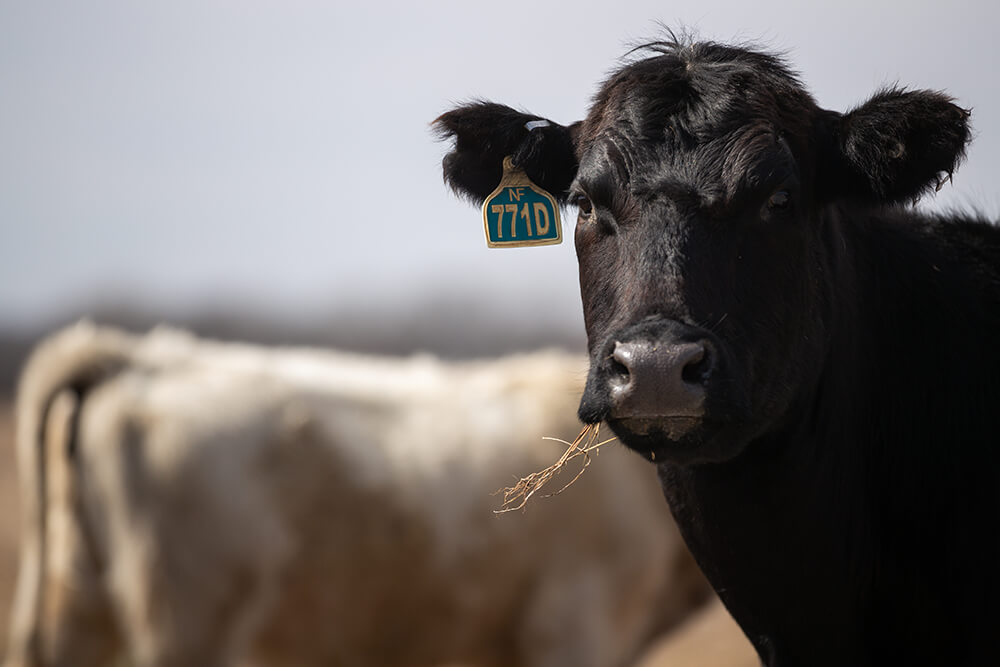
The regenerative cow
“Can cattle be regenerative?” My answer is yes, they can. And that’s not just my answer; the regenerative community has been chanting for years now, “it’s not the cow, it’s the how.”
Are livestock critical to healthy grasslands? Yes. Can cattle be detrimental to grasslands? Also, yes.
So how do we manage for a mutually beneficial relationship between our livestock, our land and our pocketbook?
We are all after the efficient cow. The problem is that almost all of us would define efficient differently – it’s a relative term. And unfortunately, you can’t pick exactly what you want in a perfectly efficient, designed-just-for-you cow and go find her. Most of the time, you have to develop her through strategic selection, culling and management.
Let’s revisit those two popular goals from the beginning: being 1) profitable and 2) beneficial to the land. Both are management-driven, but your cow can help you. In fact, if you’re having to work against her, she probably doesn’t fit into your definition of efficient.
I can’t tell you that you should have a cow that can take care of herself, maintain condition, calve every 365 days, wean a strong healthy calf, and get bred within the first 30 days of breeding season without also telling you that you must set her up for that success.
Nutrient requirements have to be met through grazing management, a strategically planned production cycle and sometimes supplementation. Genetics matter, and bull selection plays a big part in that healthy calf, but so do maternal genetics. Health protocols are critical, and parasite loads can dramatically challenge cow condition. Don’t think less management or fewer inputs: think intentional management and optimized inputs.
When building a regenerative herd, consider the following:
Select an animal that suits your environment.
It’s hard to work around characteristics in cattle that don’t suit the environment. You can’t force a cow to browse in heavy brush, but a goat will do so naturally. You can’t force a heat-stressed animal to graze instead of hide in the shade, but more heat-tolerant cattle might get more grazing hours in.
Matching animal to environment is going to be different for everyone. Consider your terrain, your climate, your forage base and other factors unique to your operation. You want a cow that works for you, not a cow that you have to work around. If you’re moving cattle more often than you used to, docility is probably more important to you than it used to be. Make a list of traits that are important to you and that complement your operation. When sourcing cattle, look for operations and producers with similar characteristics and goals to yours.
Everything in moderation.
Lots of people would like to have the bragging rights of weaning the heaviest calves every year, but not nearly as much as they would like to have the bragging rights of keeping the biggest chunk of that weaned-calf check. Sometimes less is more, so again, be mindful of unintended consequences. A 1,500-pound cow will usually wean a bigger calf than a 1,200-pound cow, but the heavier cow also eats more forage, generally has higher maintenance requirements and costs more money to maintain throughout the year. The math generally doesn’t work out in your favor. Moderation is your friend in terms of most genetic traits, frame score and inputs needed for maintenance.
Compare to your herd average.
Look for the cow that is raising a good calf every year and looks better than her cohorts. Similarly, watch out for those that are in poorer condition compared to the herd average or who raise a puny calf. How well a cow is able to maintain herself can give you an idea of their efficiency on forage. Select for those that out-perform the herd average and build your genetic base around them.
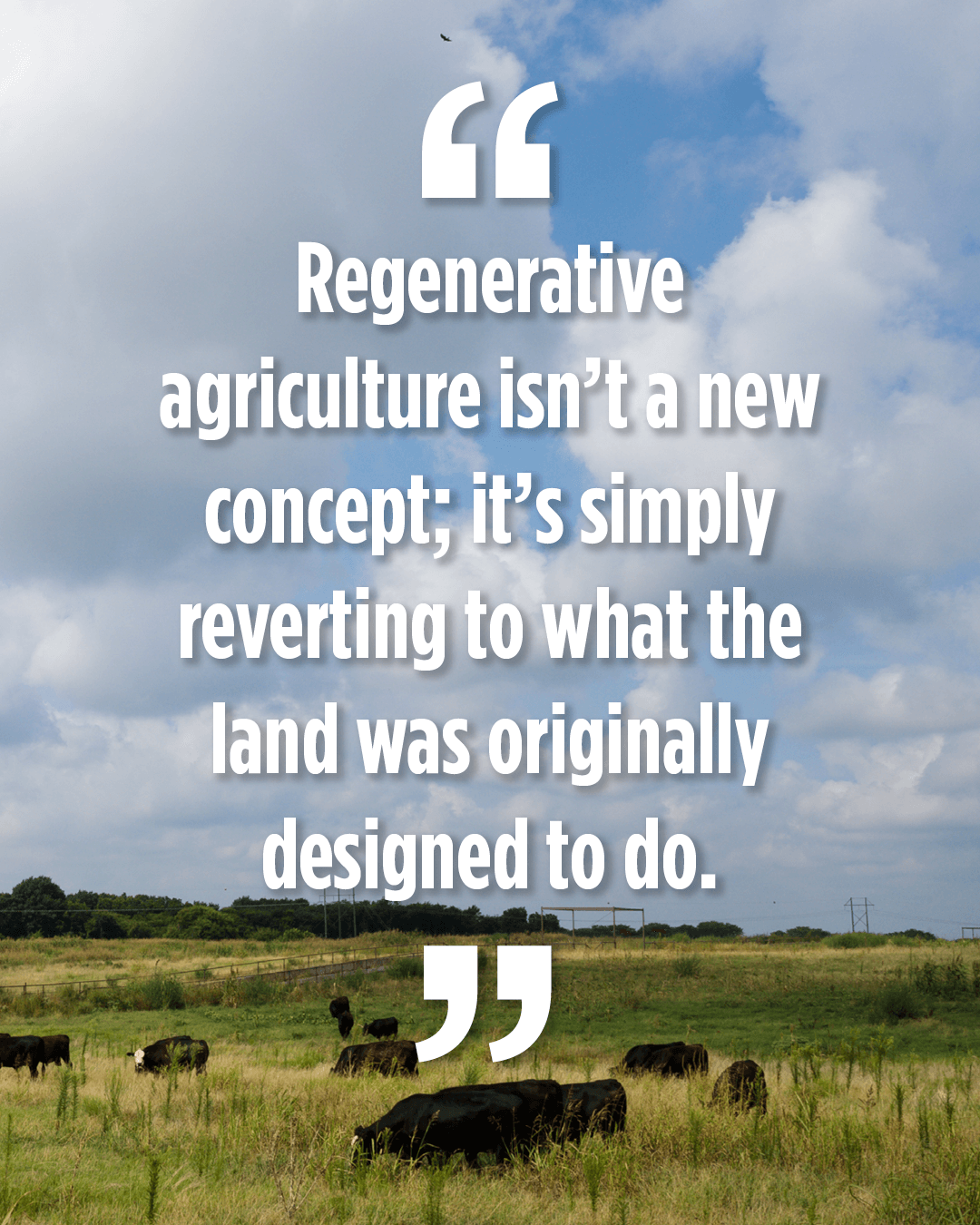
In conclusion
Regenerative agriculture isn’t a new concept; it’s simply reverting to what the land was originally designed to do. It seems progressive, but at its roots, it thrives on concepts that have existed in nature since livestock and grass first met.
The two were designed to work together, not against each other. Man’s well-intentioned intervention is what broke the happy symbiosis of livestock and the land. Making a profit in regenerative agriculture is a matter of balancing economics with the ecosystem, not choosing one over the other. Similarly, regenerative grazing is a matter of balancing livestock productivity with productivity of the grass and the soil — not prioritizing the cow over the grass, nor sacrificing cow condition for the sake of the grass. It’s a precarious balance that can be achieved, over time, with careful and strategic management.
Cattle in regenerative agriculture are not any particular size or breed; they are not certified grass-fed or organic, unless you choose that route. A cow isn’t regenerative because she’s never set foot on fertilized soil. She’s regenerative when she is used as a tool to improve the land she grazes, rather than just seen as the sole product and priority.
When managed regeneratively, cattle are not detrimental to the environment. They are one of the key natural inputs to restoring a healthy and balanced system to our land, a system that truly regenerates for generations to come.

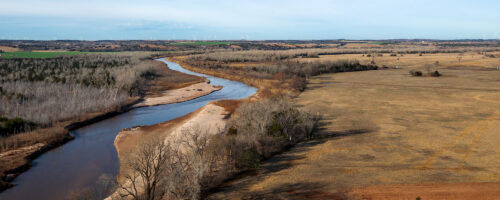
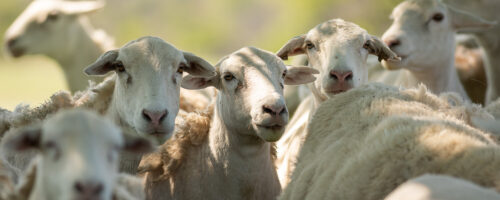
Comment